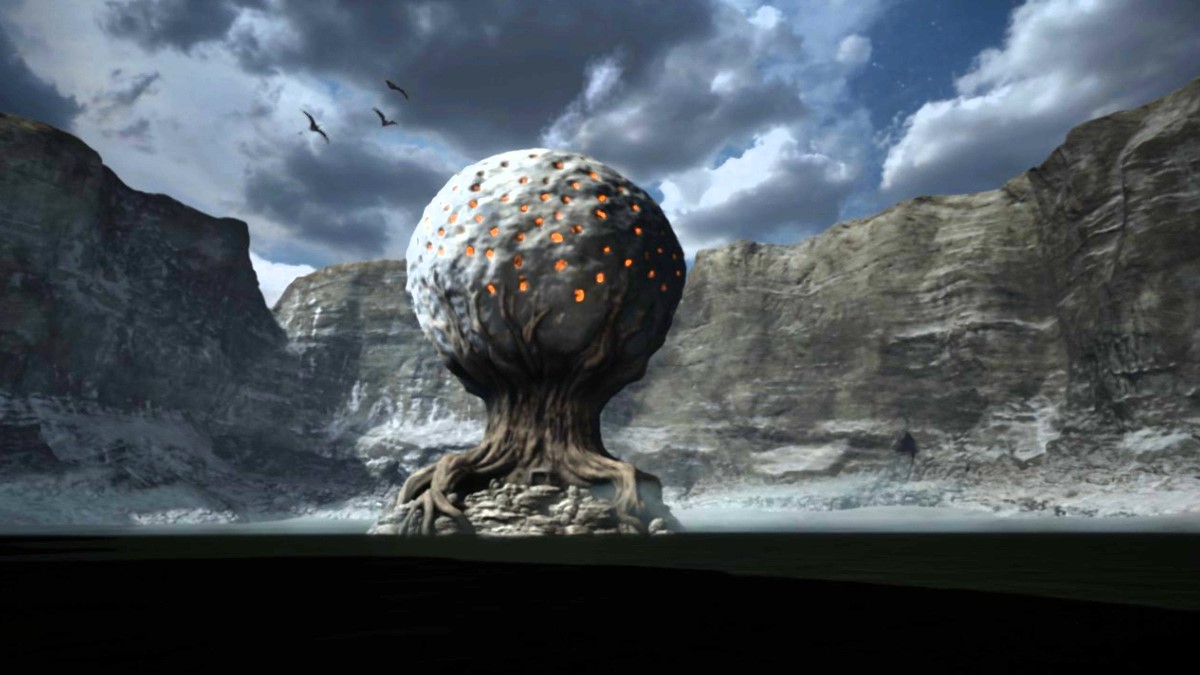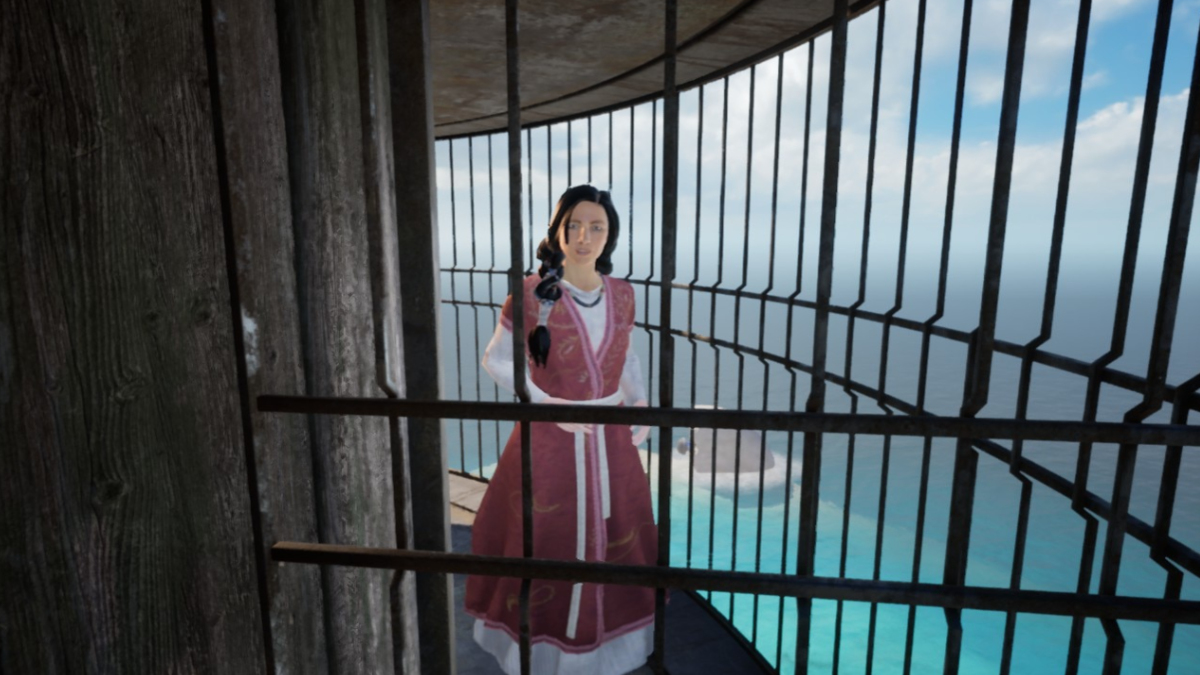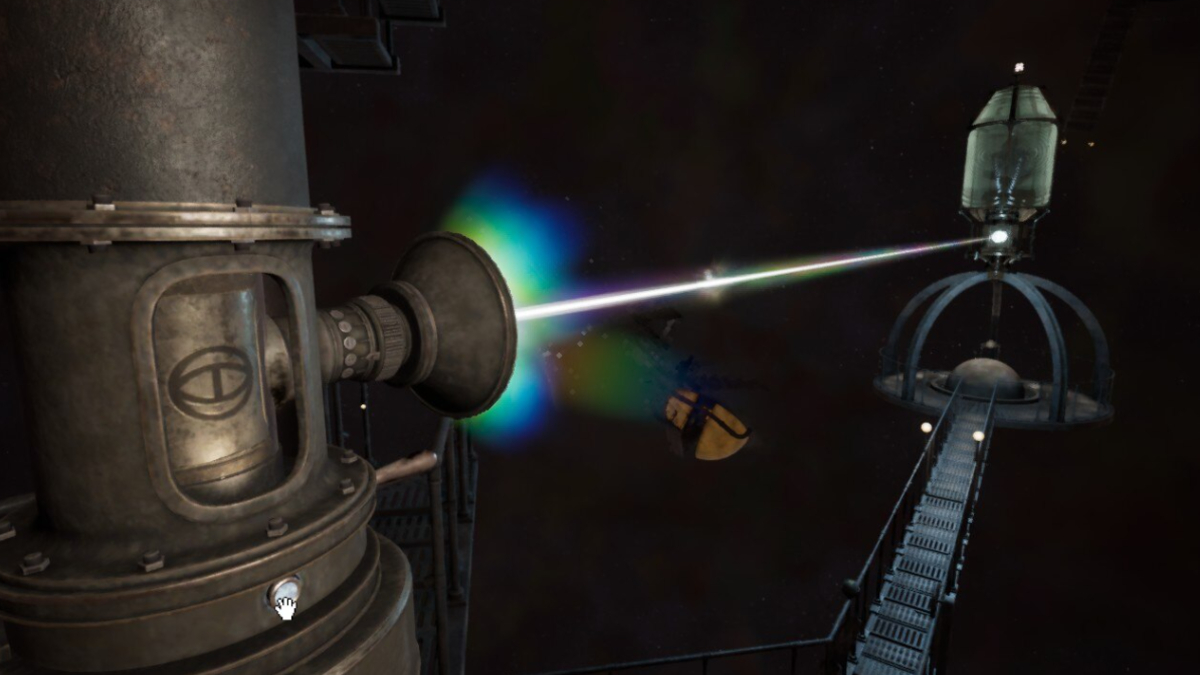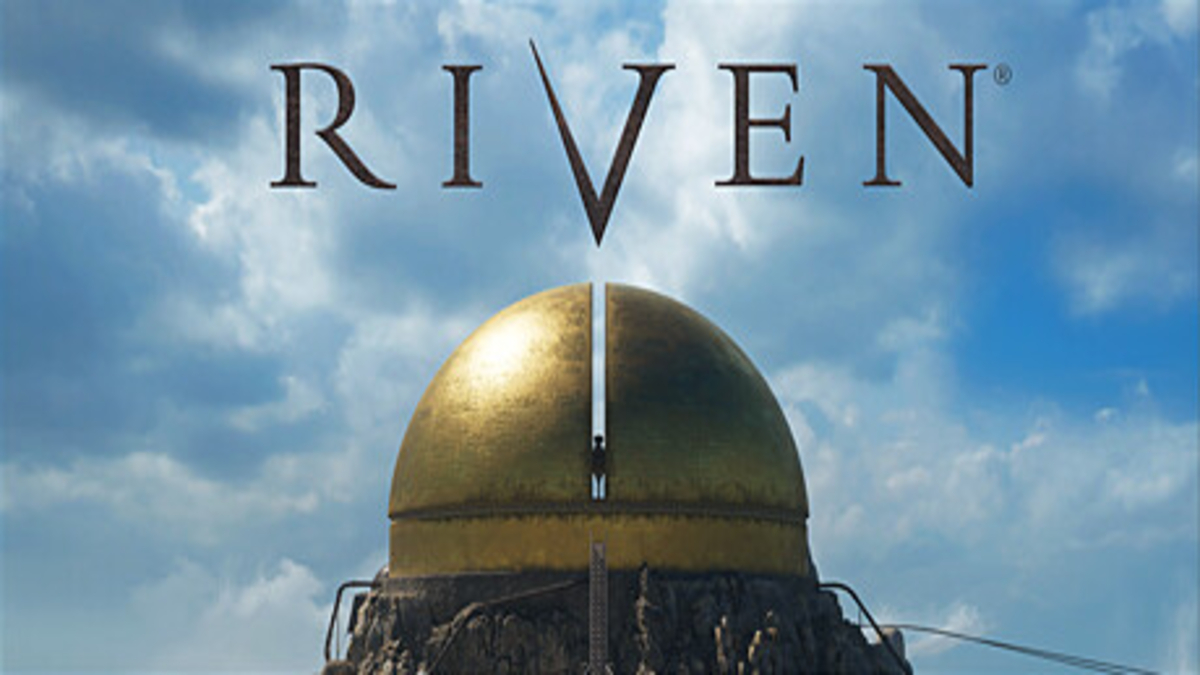Riven (2024) confidently reimagines the beloved 1997 point-and-click puzzle game developed by Cyan Worlds, Inc. In the current era of reboots, remakes, and sequels, it’s natural to question whether Riven merits your attention and time. In my review, I will thoroughly illustrate why Riven stands out as one of the most exceptional puzzle games of recent times, catering to both long-time fans of the Myst franchise and newcomers seeking a challenging yet deeply rewarding experience.
Riven Gets a Makeover

If you played the original version of Riven, you’ll find enough familiar content to make you feel at home but with enough changes to provide a new experience for veteran players. In addition, the developers made quality-of-life changes like renaming the islands and reducing the time you need to travel between them by combining some puzzles and tasks into the same chapters. This makes the gameplay smoother and less tedious than the original version.
In addition to the reimagined islands, the game now offers unlimited movement to explore the real-time 3D world instead of the point-and-click mechanics of the original game, giving you more freedom. As a veteran player, you’ll enjoy experiencing the same content with a modern touch. If you’re new to the game, you’ll still appreciate the unique world of Riven, from its beautiful scenery to its unusual inhabitants.
The Puzzles

The central focus and prominent feature of Riven is its puzzles. When completing the puzzles, I considered whether they were well-designed to fit the new non-point-and-click mechanics, challenging but not impossible, and whether they made sense in the story’s context. While most of the puzzles were challenging but not impossible, a few were difficult only because they were so obscure. I’m okay with hunting for clues or going back to previous islands. Still, I prefer these elements to fit naturally within the game rather than feel tedious, so I’m glad this applied to only a handful of puzzles. Fortunately, most of these types of puzzles in the game’s early stages won’t block your progress, so you can continue exploring or move on to the next island until you have that “eureka” moment. Then, you can return to solve that puzzle and acquire the knowledge necessary for the Riven‘s ending chapters.
In fact, I often needed to use the information I gained from reading a journal, watching a cutscene, or solving a puzzle I came across in future puzzles. Using the in-game notebook and taking handwritten or digital notes became necessary. If I didn’t save screenshots or write down the information, I’d have to backtrack to remember the solution or look for details in a book. I took so many screenshots on my Steam Deck that it caused issues with the Steam client. As a result, I switched to typing notes on my laptop instead to ensure I didn’t lose any critical information.
I loved that I had to take notes as I learned new information about puzzles and the inhabitants of Riven. When I got to apply that knowledge later in the game to solve a puzzle successfully, it was all that more rewarding. While I loved this aspect of Riven, I’ll admit the puzzles’ obscurity and the need to take notes to avoid getting stuck on future puzzles may be off-putting to some players. Still, the process and patience are worth it and extremely rewarding if that’s what you like.
Another aspect of Riven that impressed me was the lack of bugs or game-breaking issues. The lack of bugs was refreshing since progressing the game lies in your ability to solve puzzles. It’s not uncommon for puzzle games of this magnitude to suffer from broken puzzle mechanics or solutions, ruining the experience and killing any motivation to return to the game even when the developers fixed the issue. When I couldn’t solve a puzzle in Riven using what I thought was the right solution, it was because I miscalculated a code, didn’t record my notes correctly, or approached it wrong. Knowing the problem was with my logic, not the game itself, made solving these puzzles less frustrating.
The Story

The reimagined version of the original Riven keeps all the elements of the story that made it so memorable. At the beginning of Chapter 1, Atrus summons you and informs you about the critical situation in the world of Riven. He then sends you there with a linking book, asking you to rescue Catherine and stop Gehn. Over the following 10 chapters, you solve puzzles, travel between islands, and determine not only your fate but also the fates of Catherine and the inhabitants of Riven.
It’s worth noting that while the original Riven had 15 chapters, this version only has 11. The difference is due to changes made by the developers in how you travel and explore the islands. Luckily, having fewer chapters doesn’t mean the developers removed content because you’ll learn more about Riven through journals, recordings, and clues not in the original game, expanding your knowledge further.
However, it was disappointing to see that they removed many possible endings in this version. The original Riven has nine endings, while the Riven remake only has four endings. For instance, the ending where you trap Gehn in the Prison Book and then travel to the Moiety Age only to release him isn’t in the game. While this takes away some agency, I still enjoyed recreating the endings in the hopes that they were included.
All Things Visual and Auditory

You’ll be amazed by its beauty when you link to Riven during the first chapter. The amazingly designed set pieces, colors, and overall design of the islands will make you eager to solve puzzles so you can continue exploring. Additionally, all the visuals for the puzzles, clues, and objects were excellent, making them easy to identify and use when solving puzzles.
However, the biggest downside of Riven was the character animations and models. One of the things that gave the classic Riven its charms was the real actors that portrayed the game’s characters. Instead, the new Riven has character models that aren’t the greatest with animations that are a bit jarring. Despite this, you can tell the developers put more effort into the environment and all aspects of the puzzles, which are far more important than the characters.
The sounds of Riven are just as impressive as its visuals. The background music, environmental noises, voiceovers, and objects create a great experience. Additionally, the game features several puzzles that require you to listen carefully to find the solution, which is a welcomed addition to the game.
Steam Deck Performance

I played Riven on my Steam Deck and was delighted with the experience. Getting the game to run only took a small amount of tweaking. For instance, the game runs best on the low graphics preset, with the FPS at 60. Using these settings, the gameplay was smooth and uninterrupted by any drops, system freezes, or other issues. Despite the reduced graphics settings, the in-game cutscenes, objects, clues, and the overall world of Riven still looked stunning and did not hinder my enjoyment of the game.
The only potential issue you’ll have with playing Riven on the Steam Deck or with a controller is when using the right joystick as the mouse pointer. It felt awkward at times, as I had to approach particular objects from different angles to trigger the pointer for actions like pressing a button or pulling a lever rather than walking away. Although initially frustrating, you’ll quickly adapt to this quirk within the first couple of chapters.
Riven – The Bottom Line

Pros:
- A faithful re-imagining of the original game
- Challenging but not impossible puzzles that are rewarding to solve
- Beautiful environmental visuals and special effects, even on the lowest settings
Cons:
- Some obscure puzzles with note-taking required
- Jarring character animations and models
- Cumbersome controls (depending on your platform)
As a fellow franchise veteran, I can confidently say that Riven (2024) is absolutely worth it. You’ll get to relive the story, world, and puzzle-solving that made it iconic but with a modern twist, leading to a fresh and engaging experience. Furthermore, for those who have never played Myst or Riven, this is an excellent entry point into the franchise if you enjoy solving puzzles, visiting escape rooms, or exploring well-developed fantasy worlds.
Gameplay tested on Steam Deck. Review code provided by Cyan Worlds, Inc.










Published: Jun 25, 2024 05:20 pm